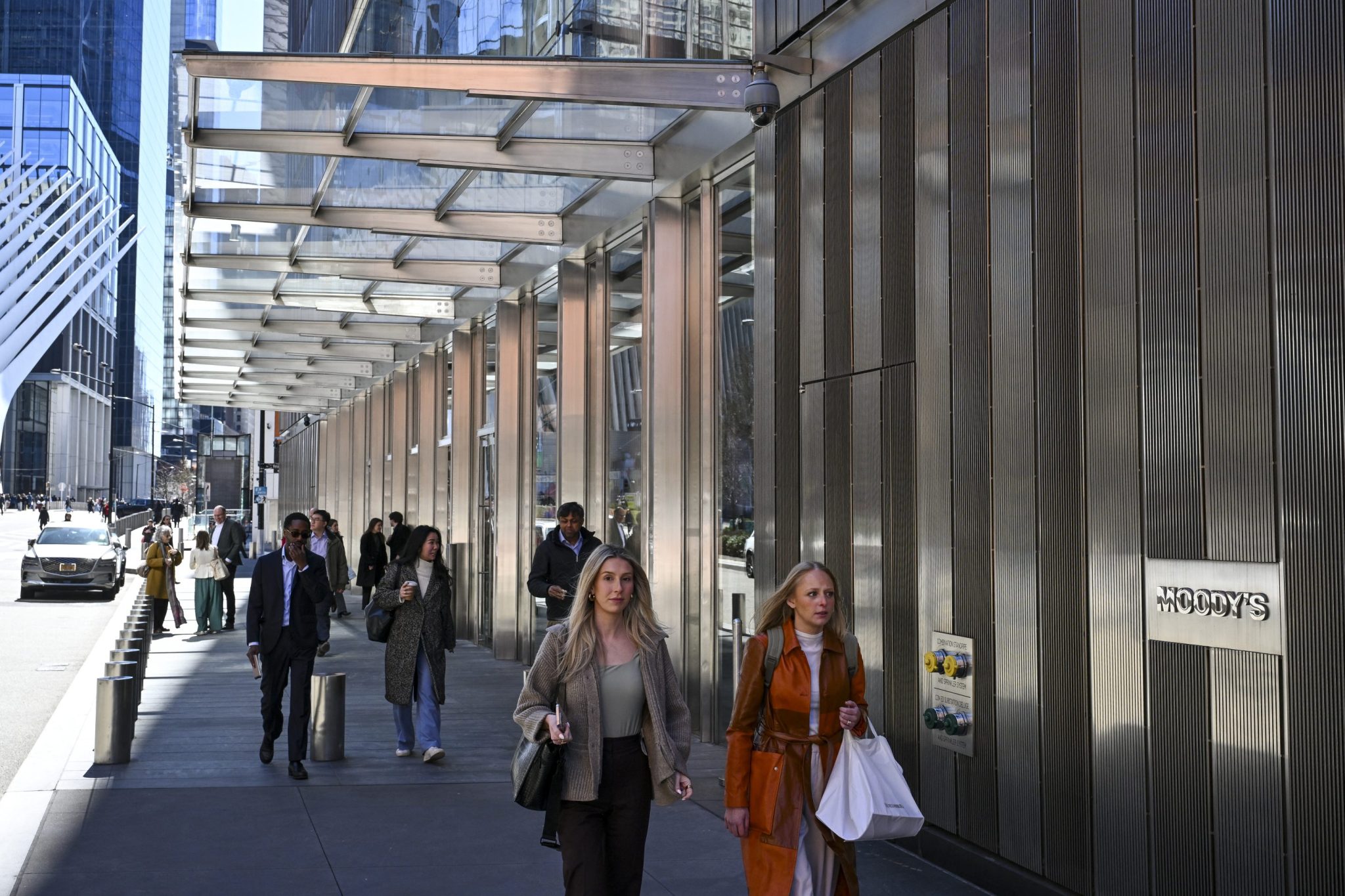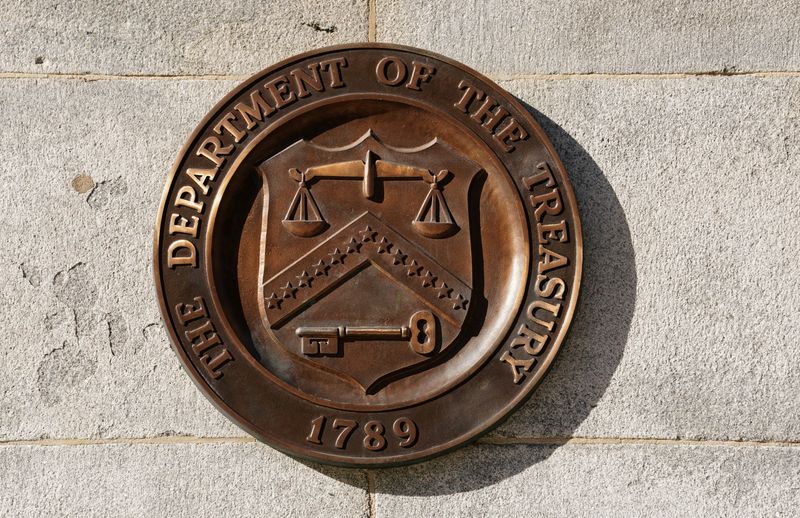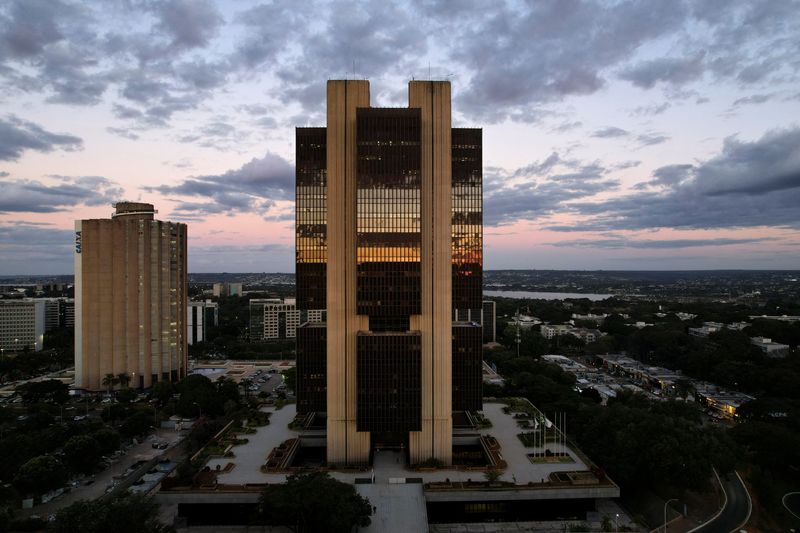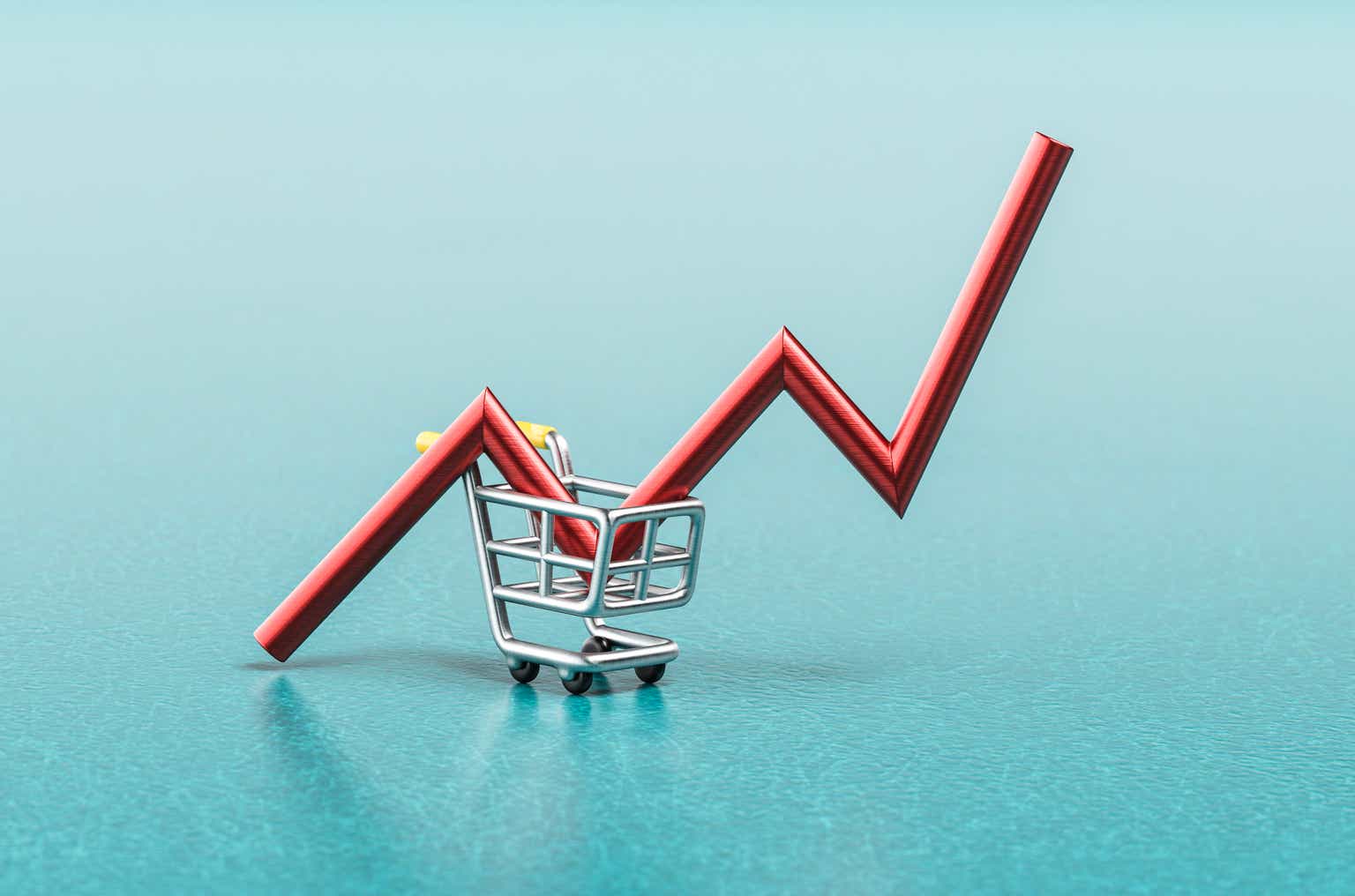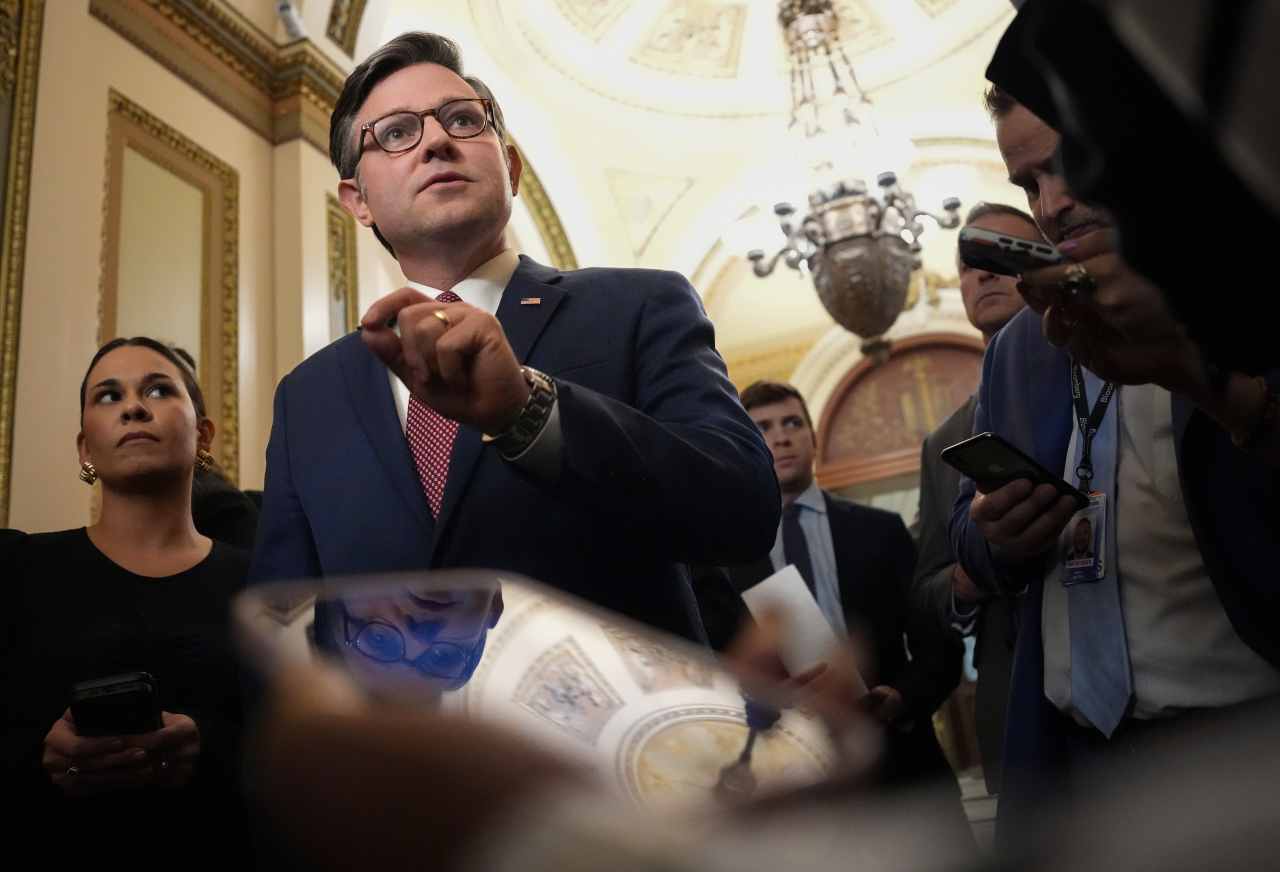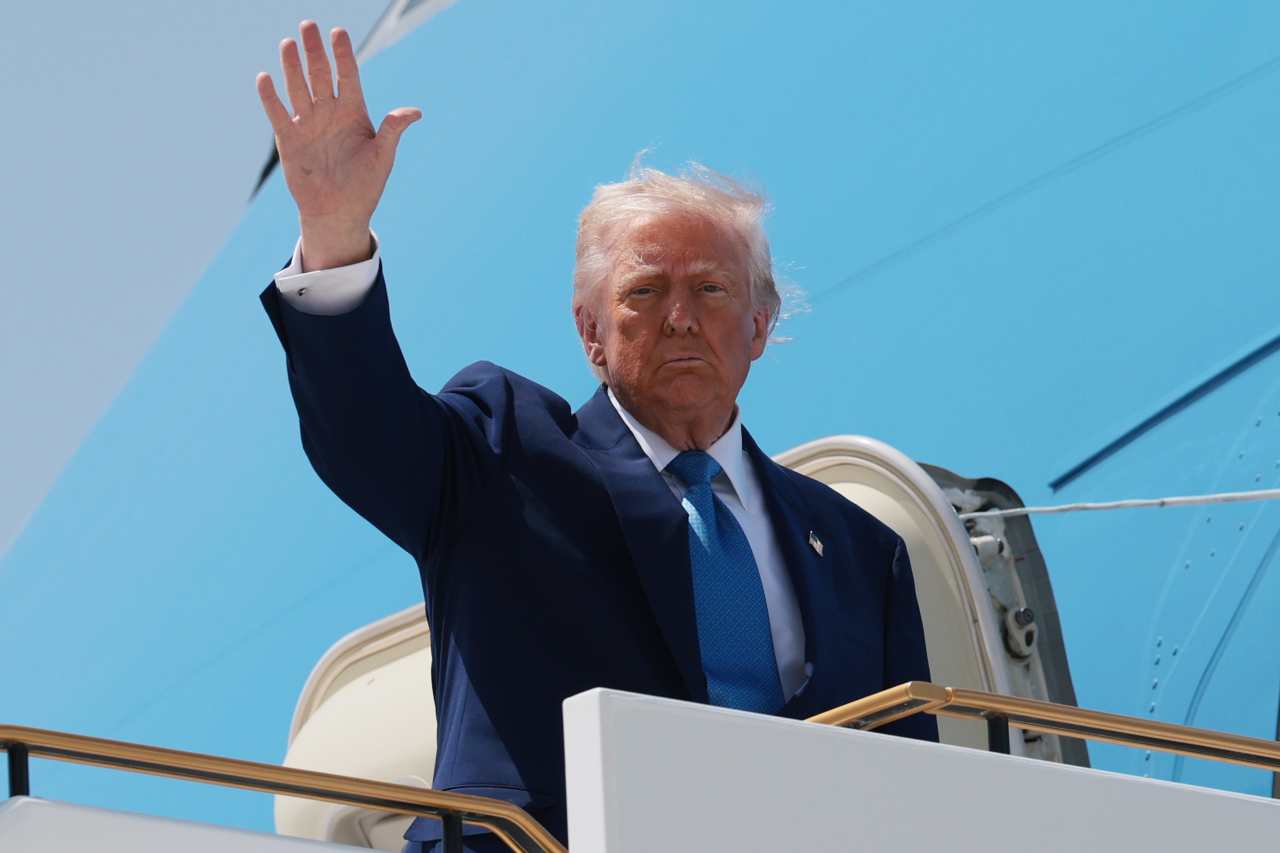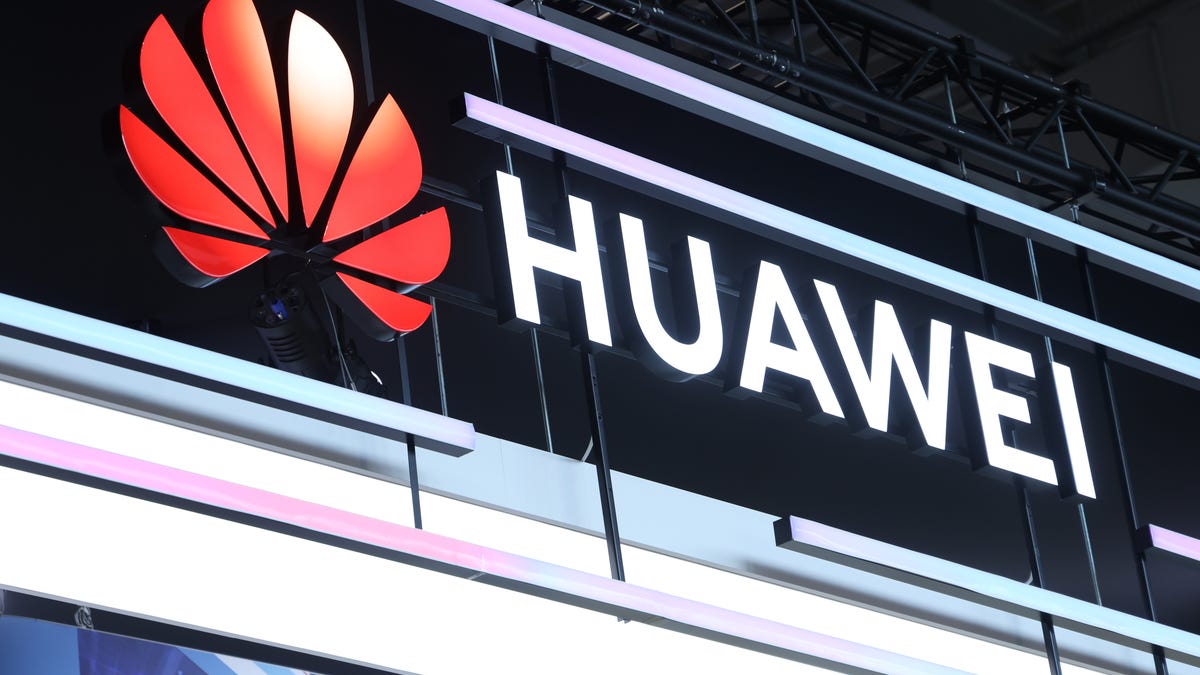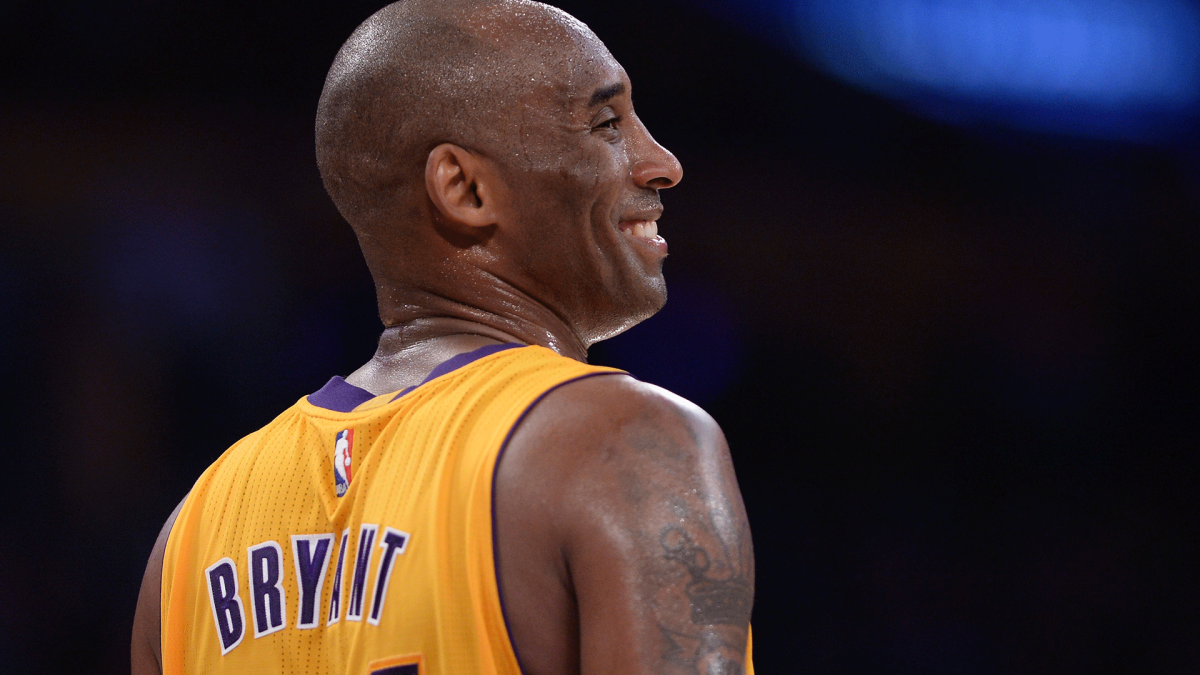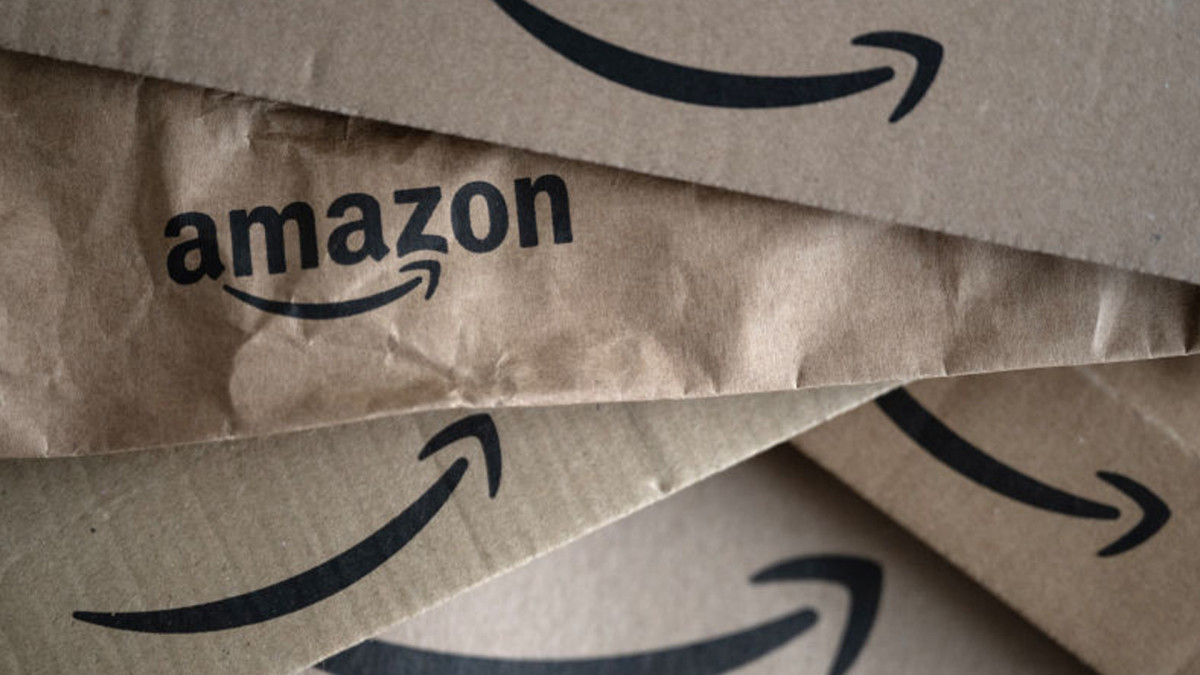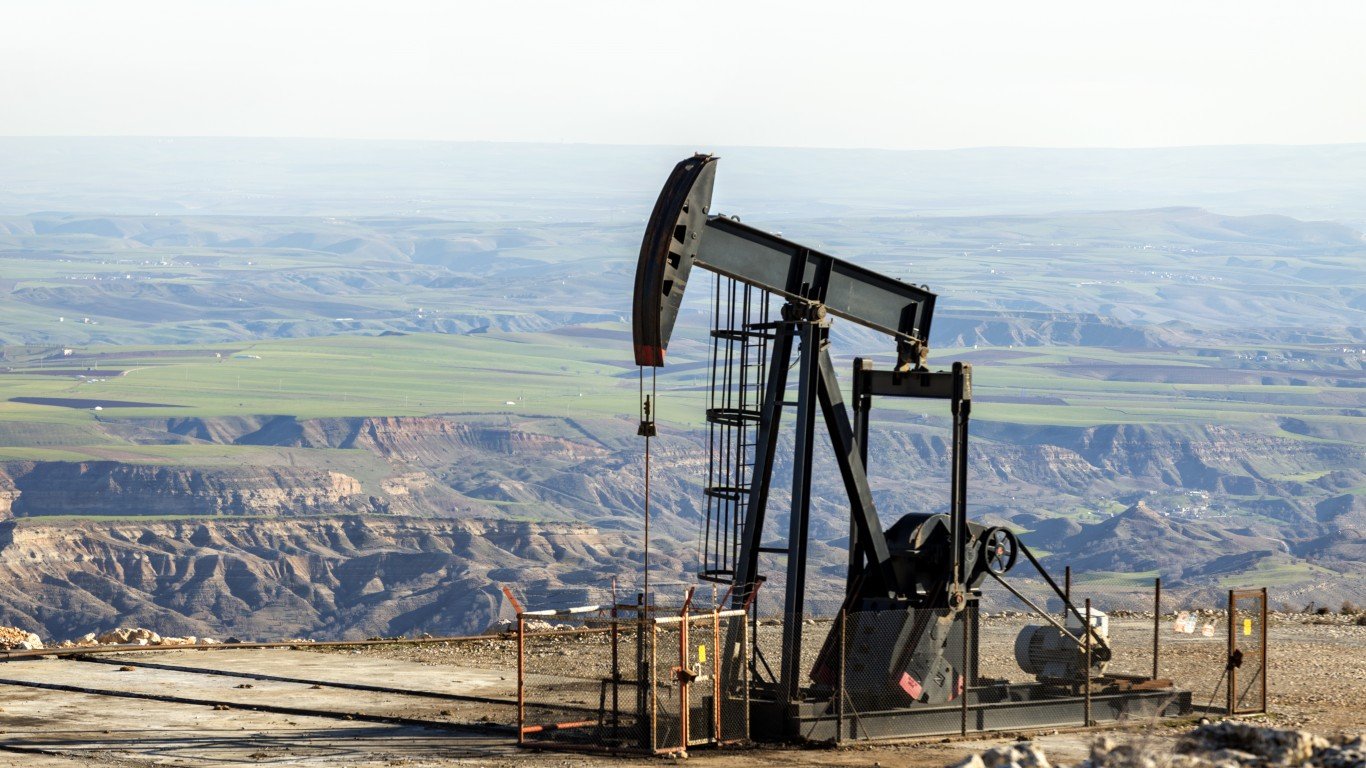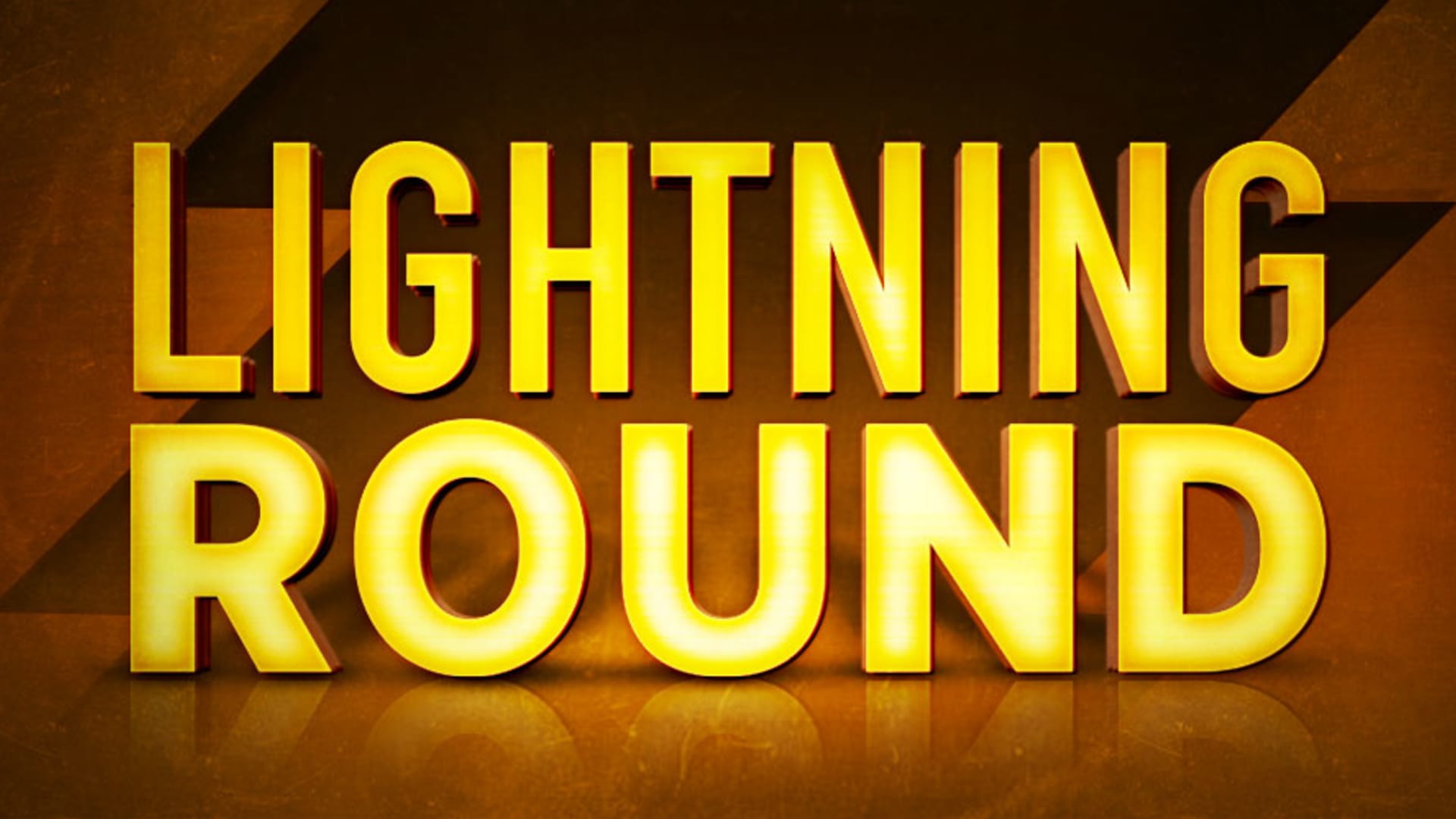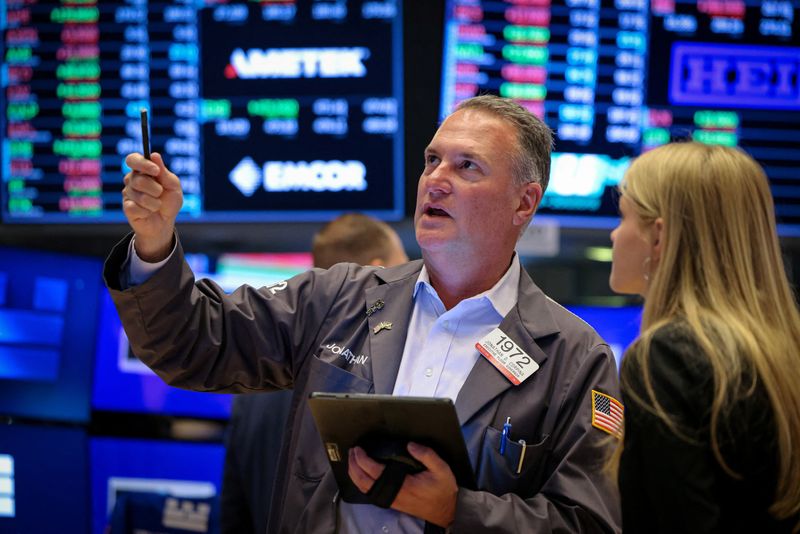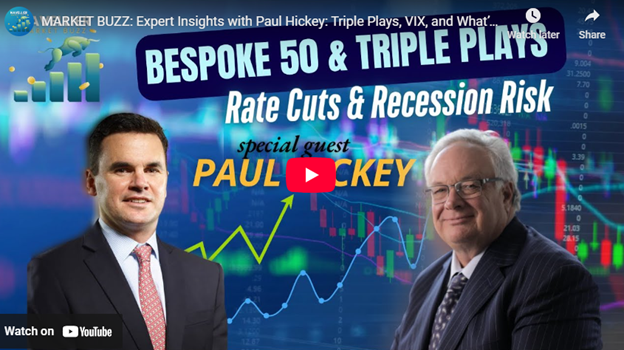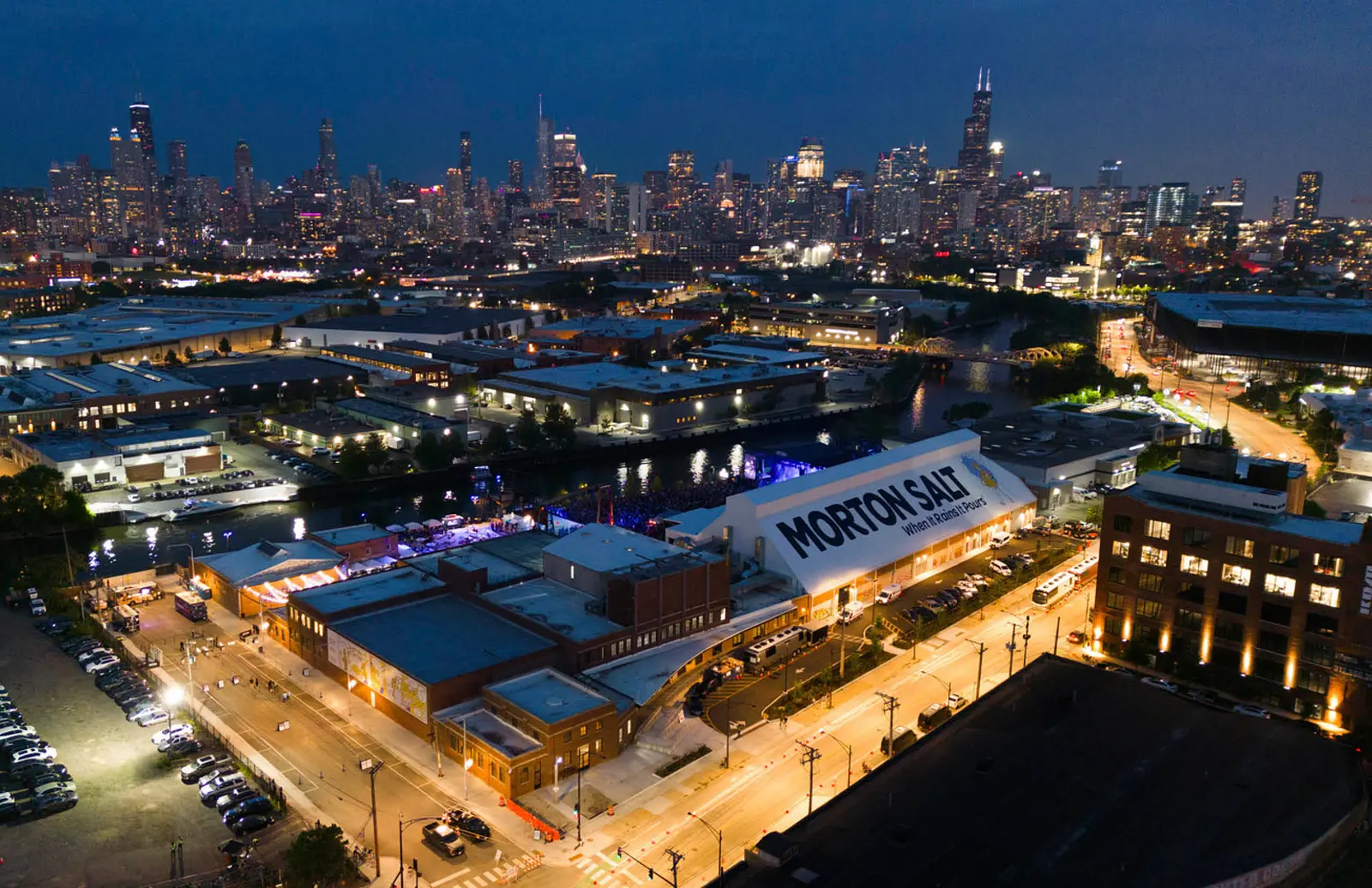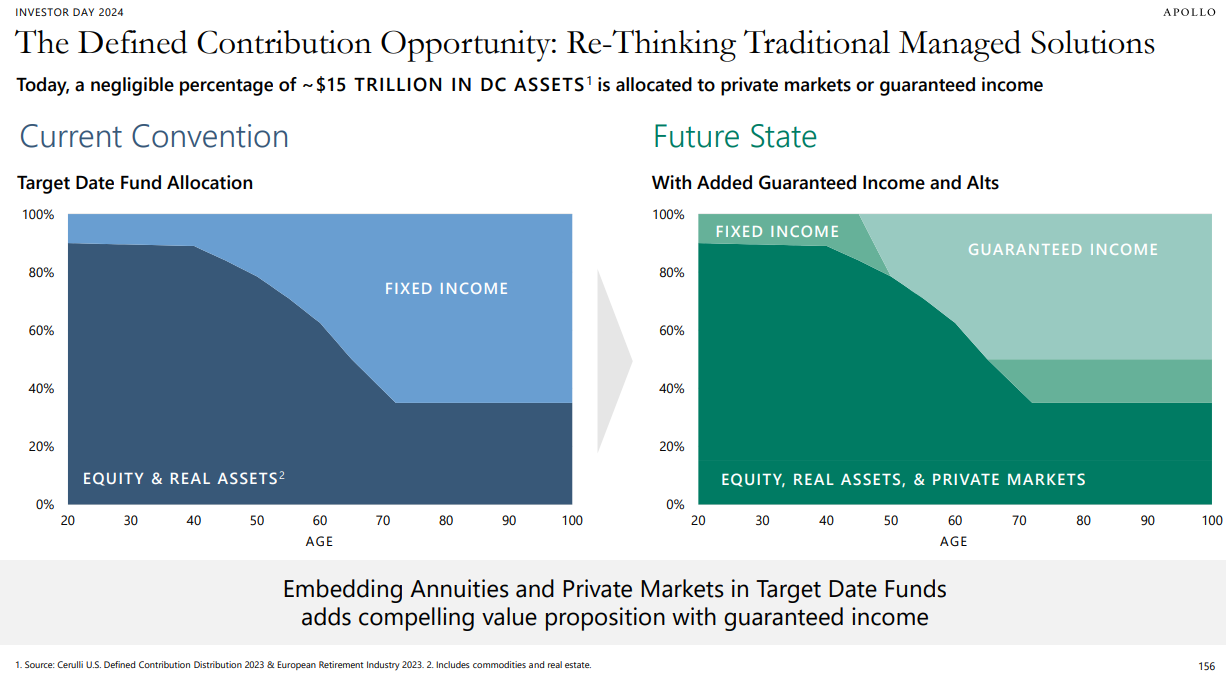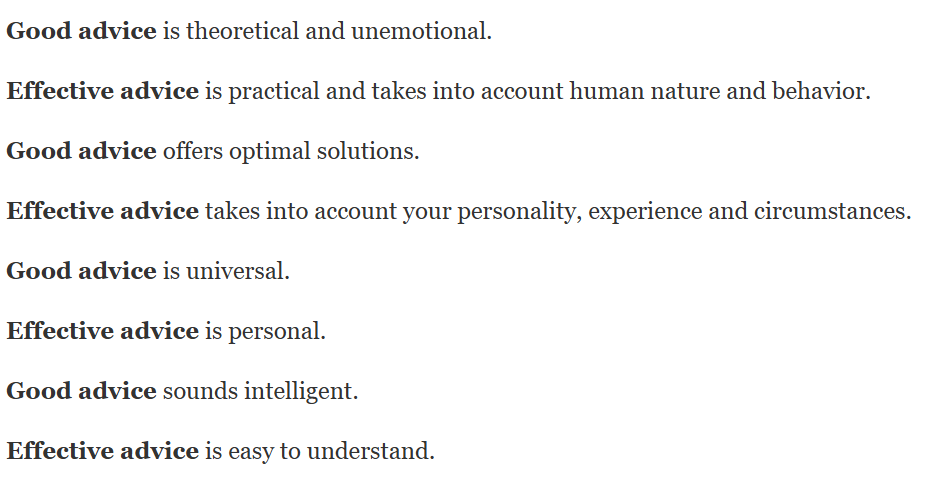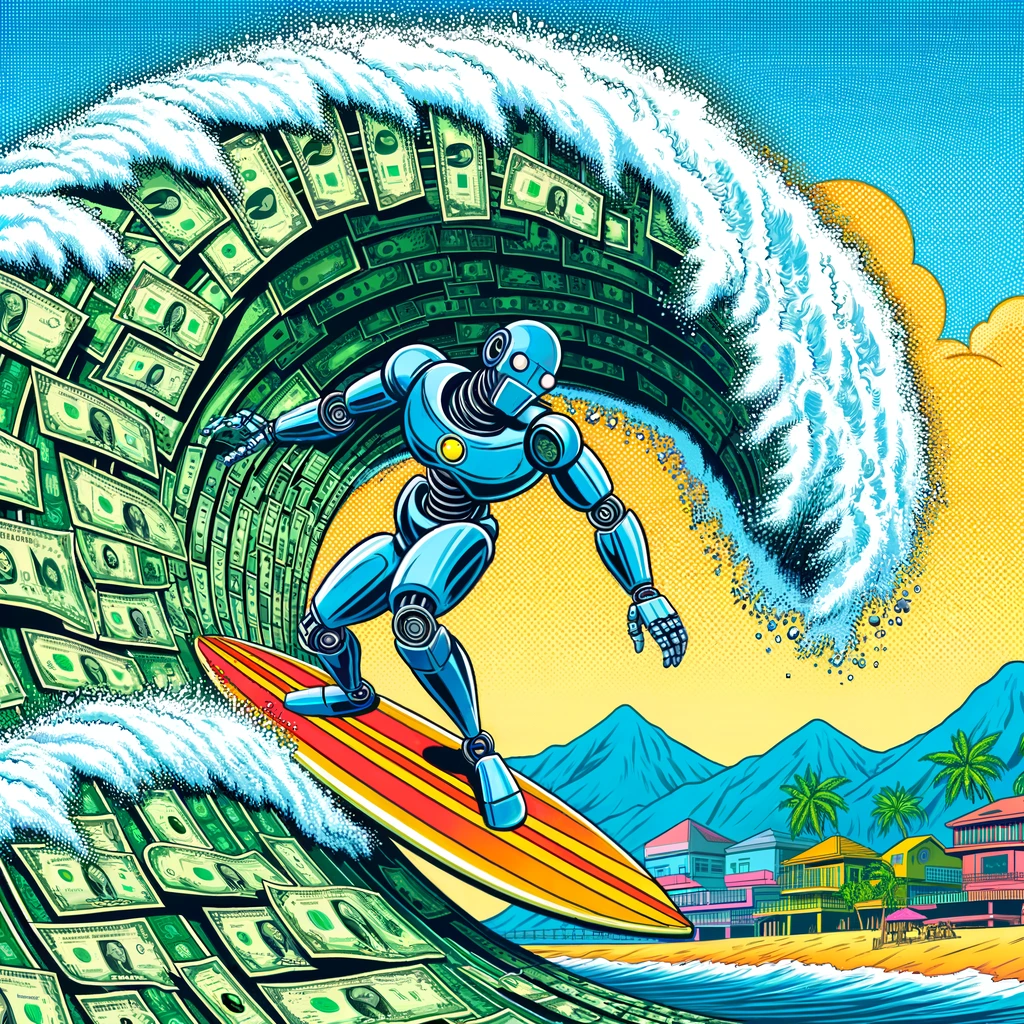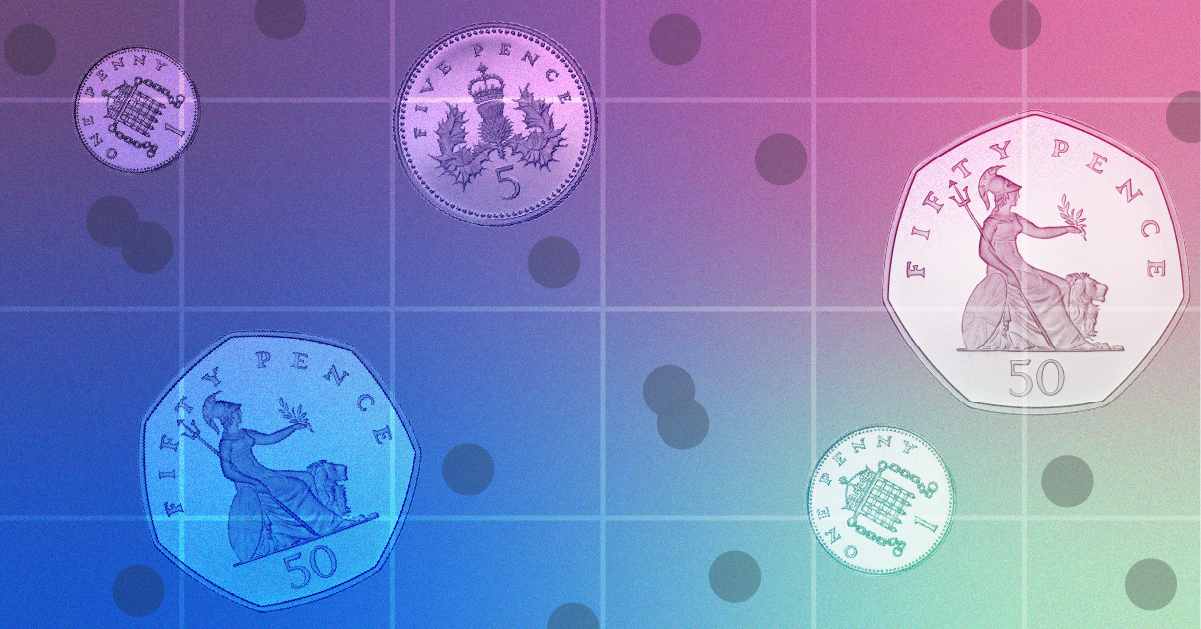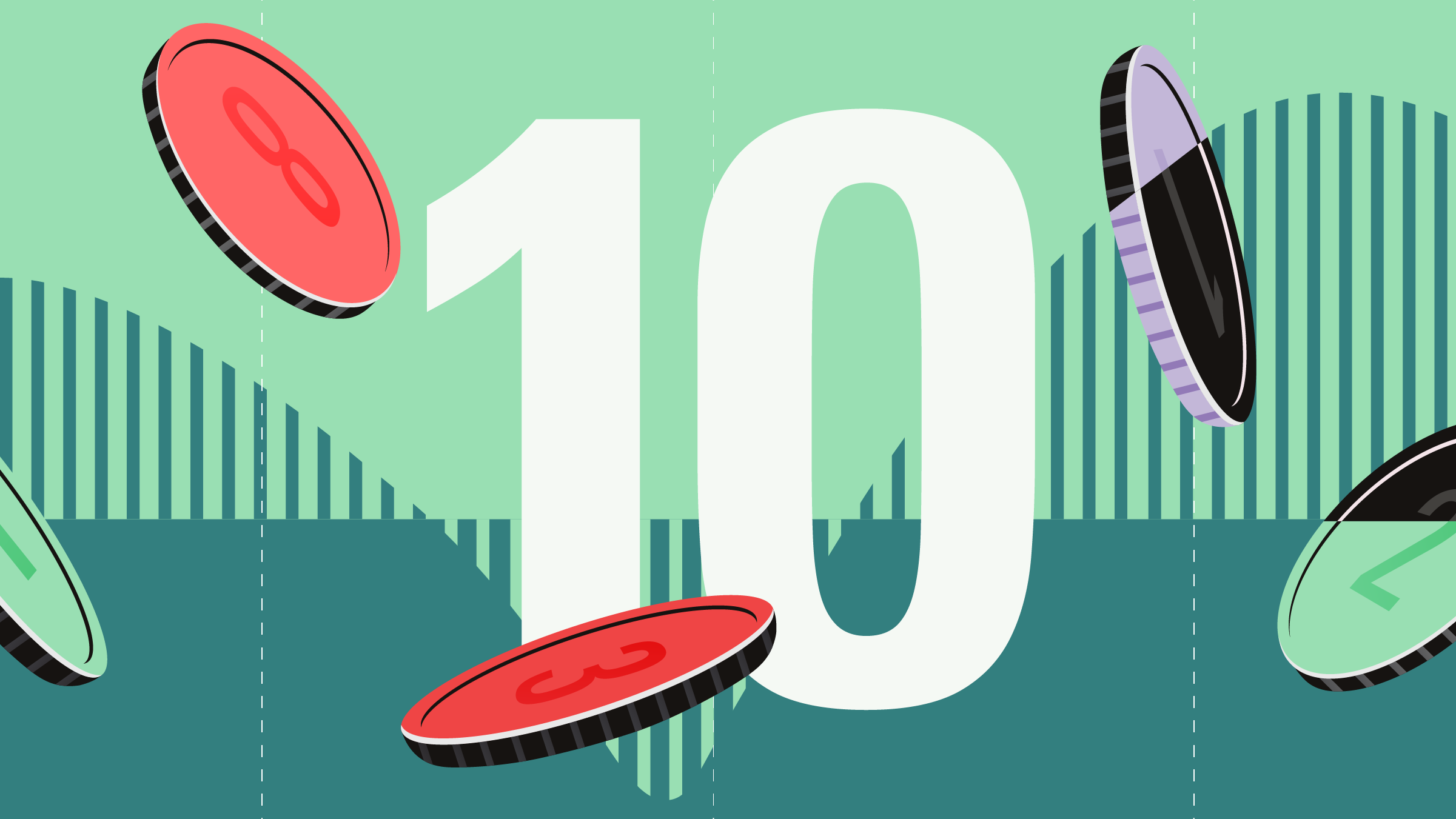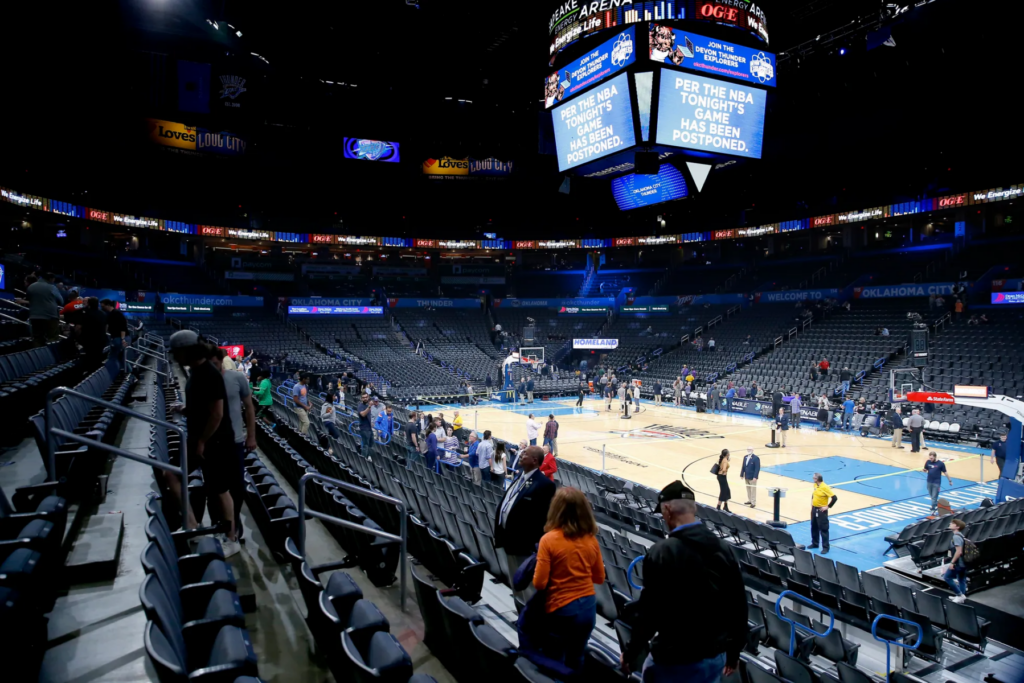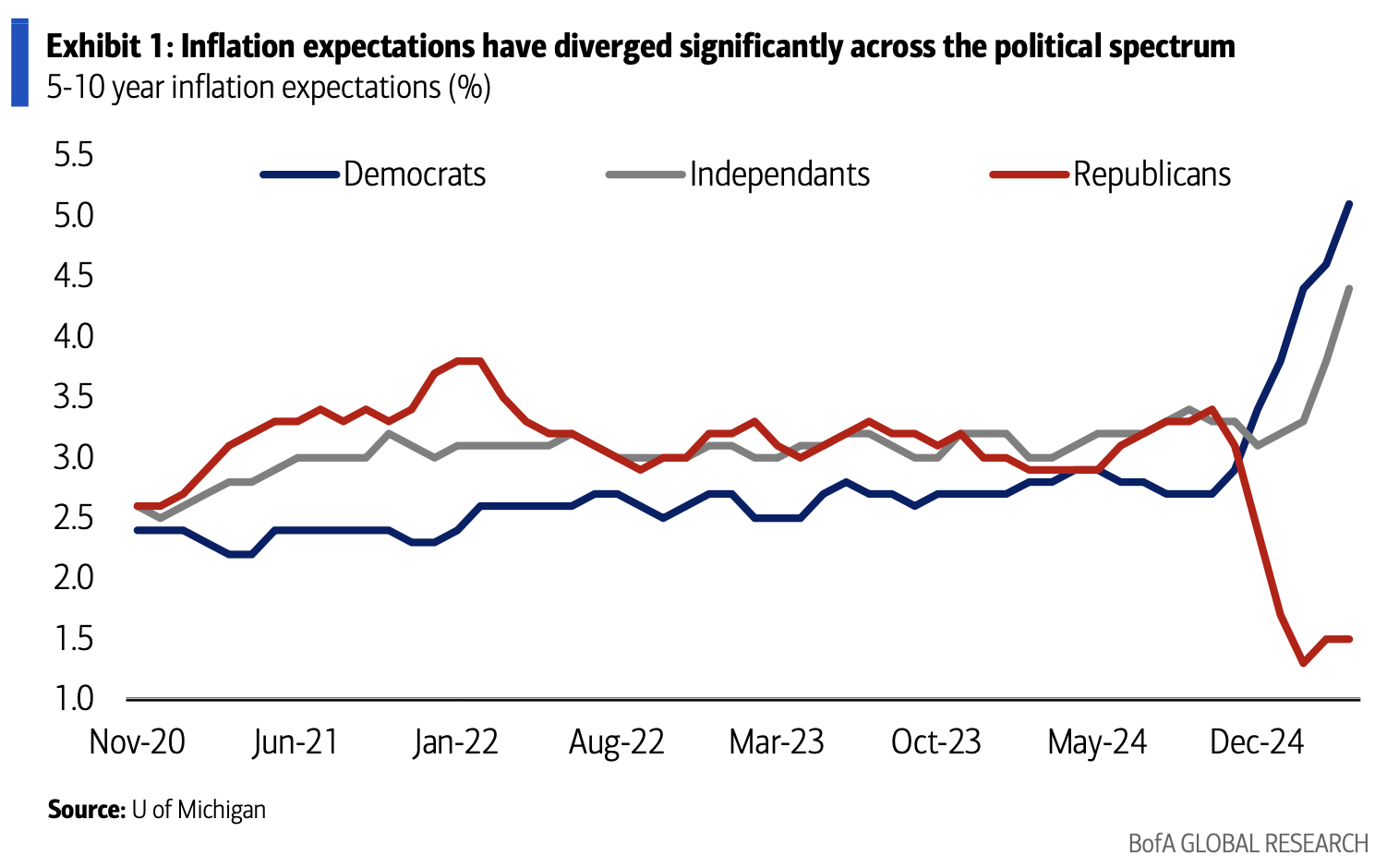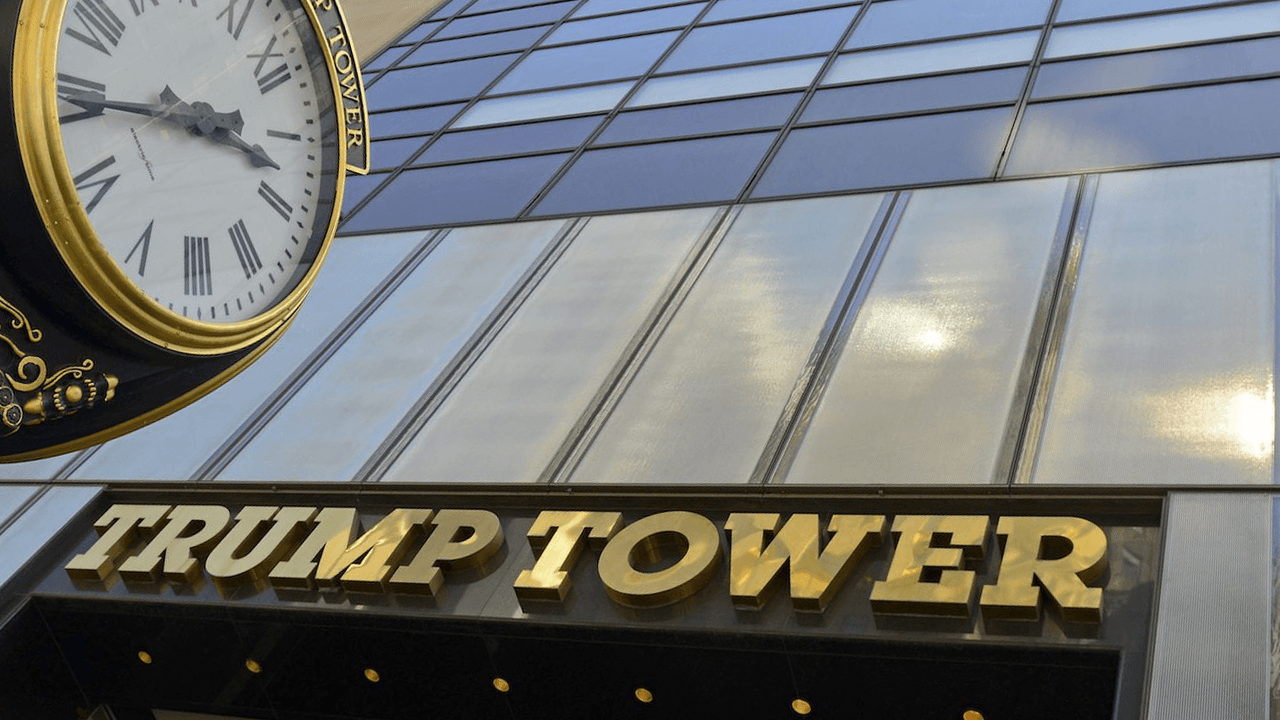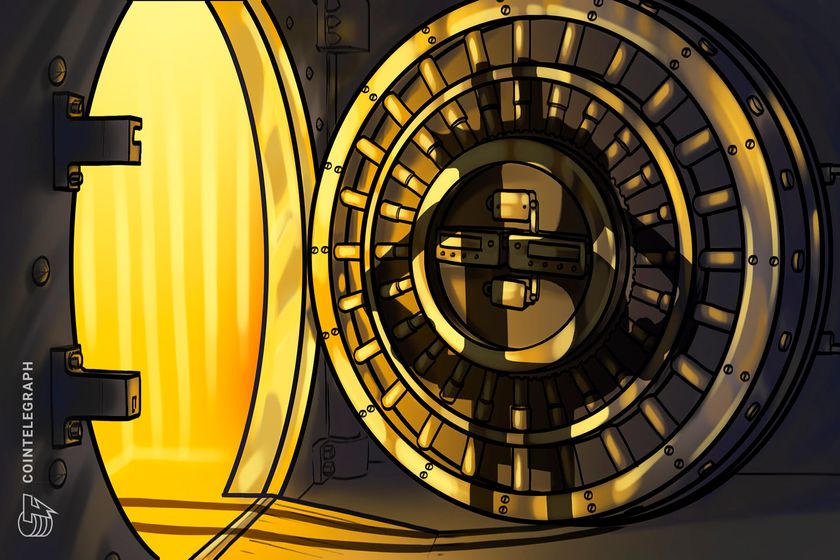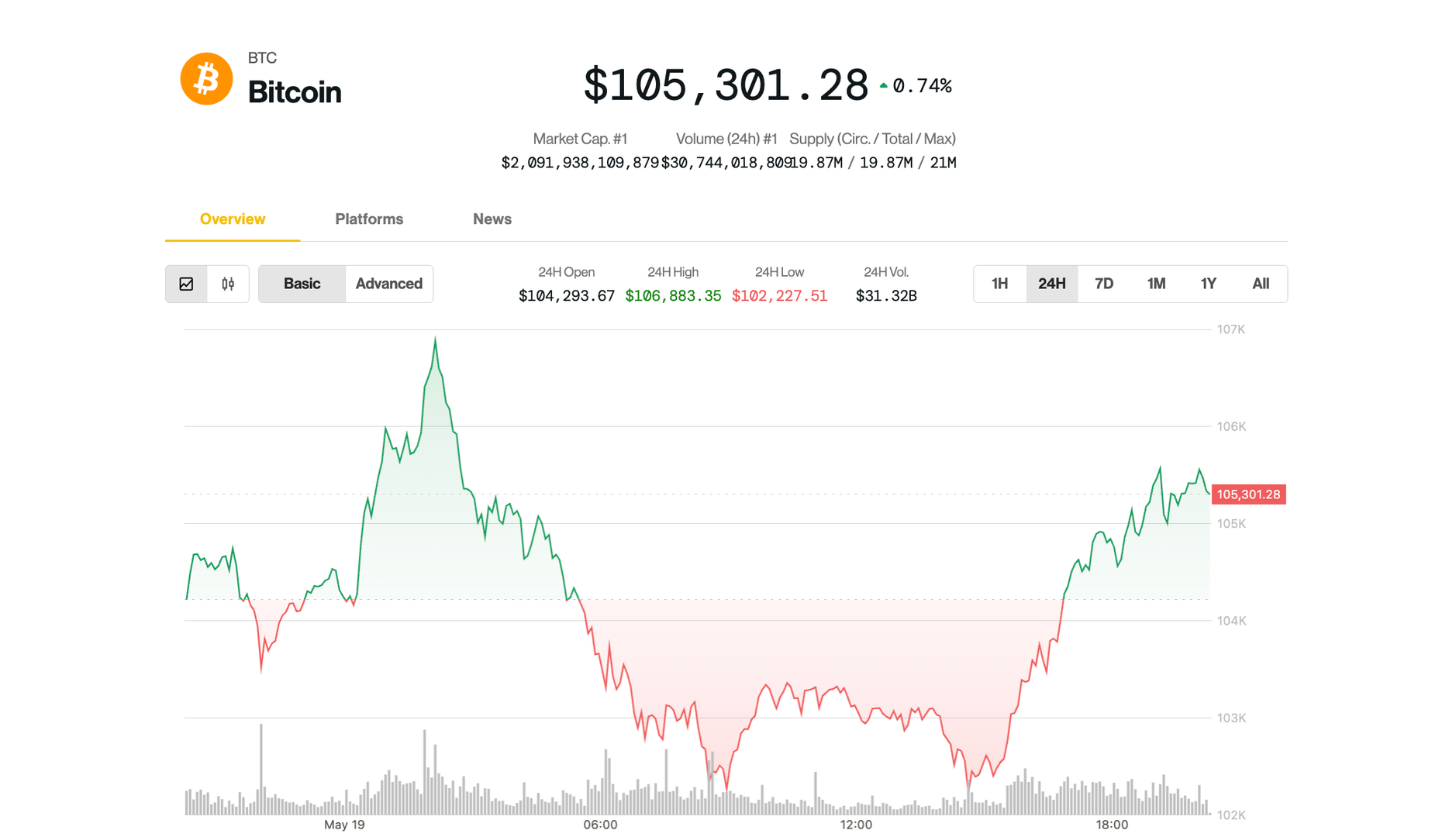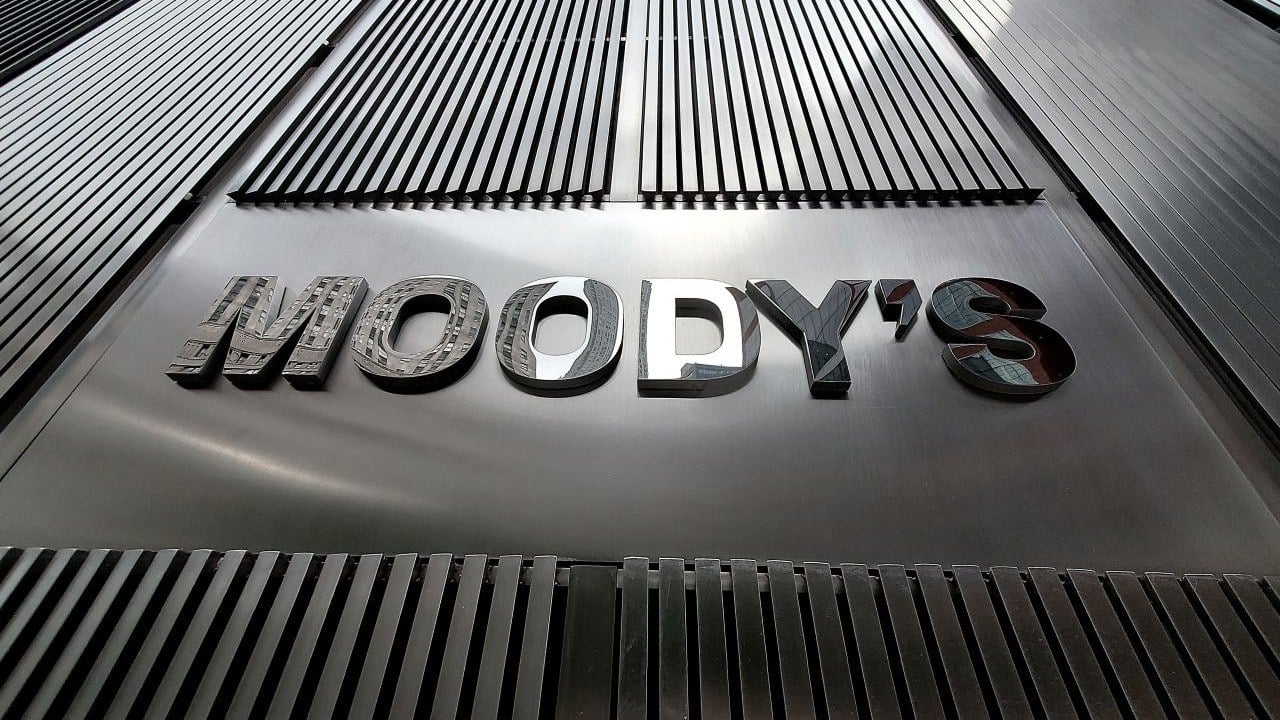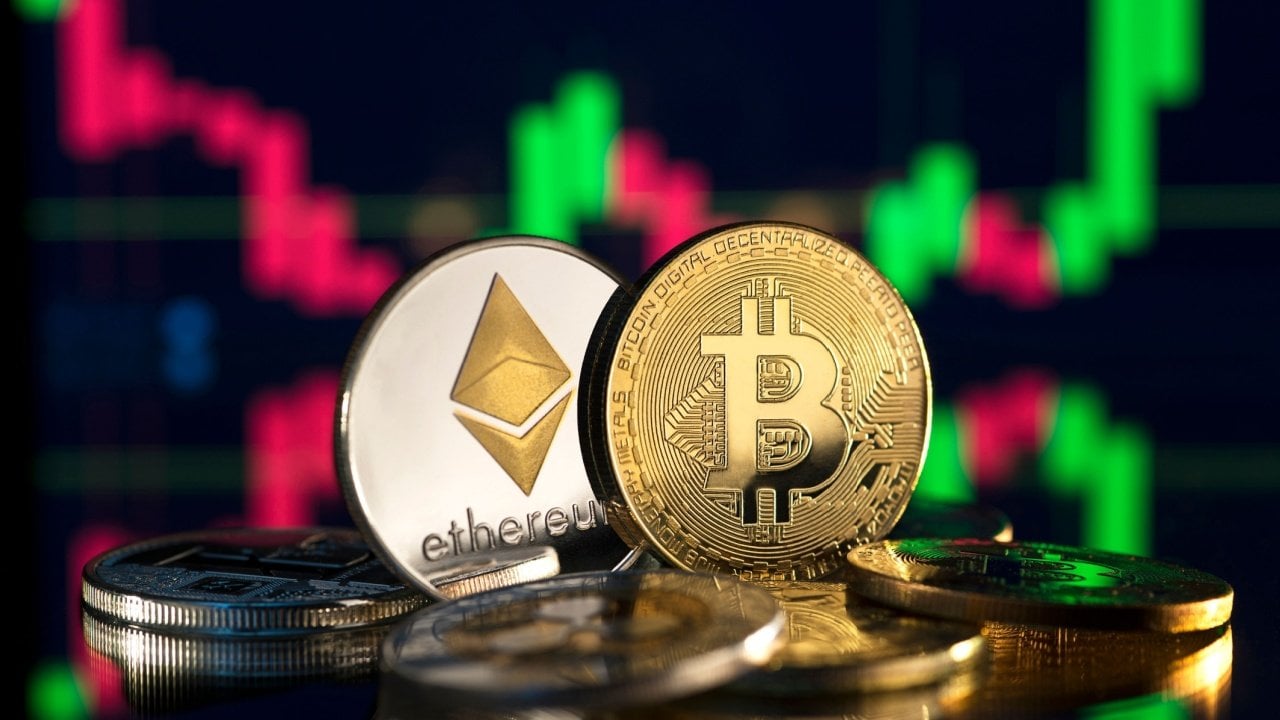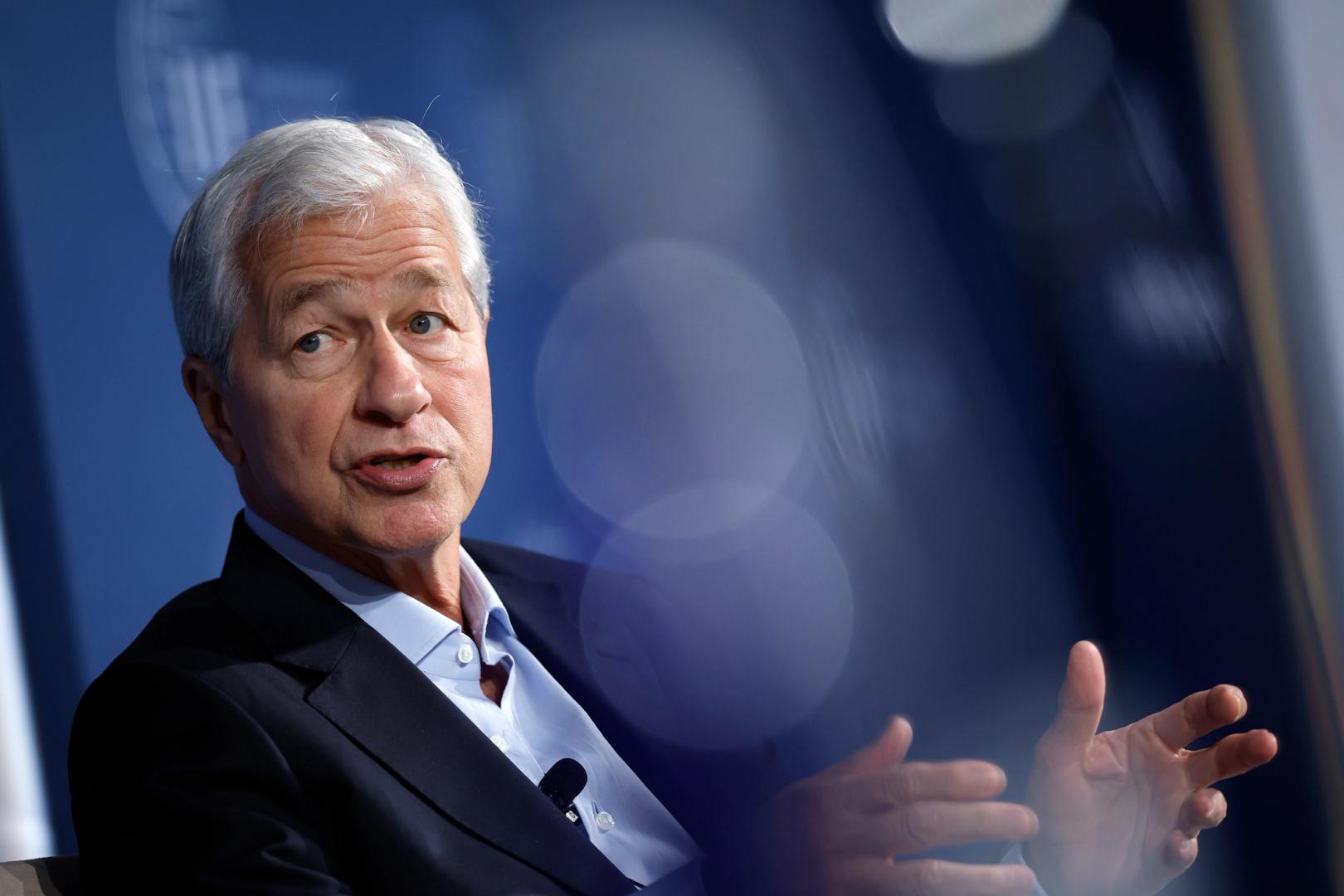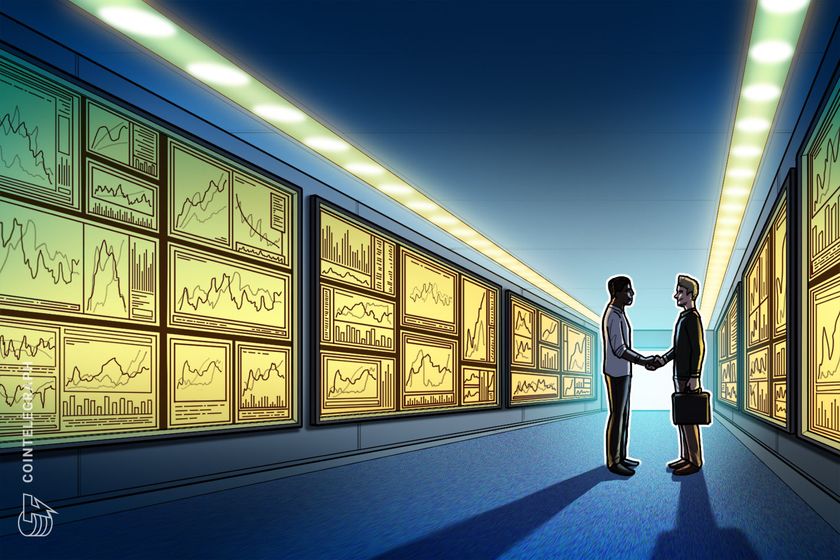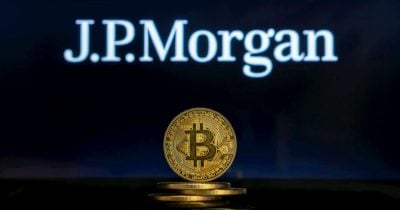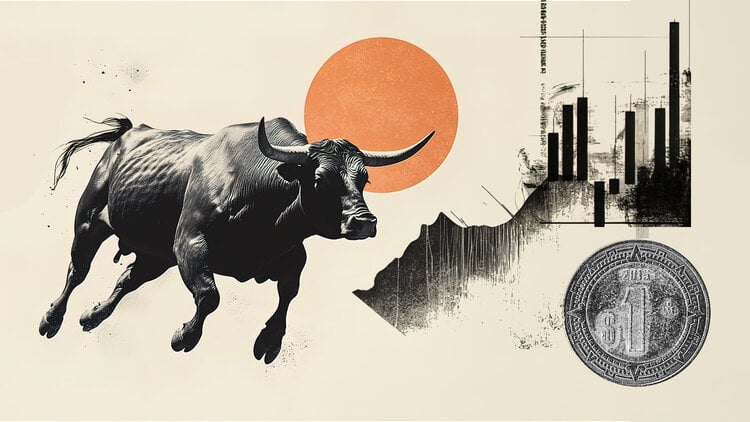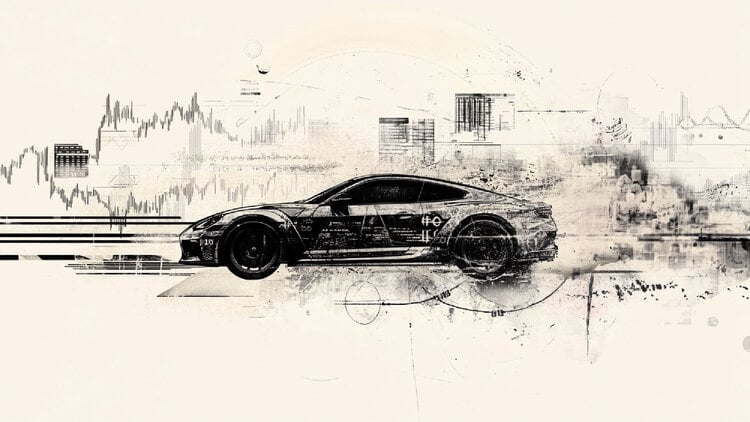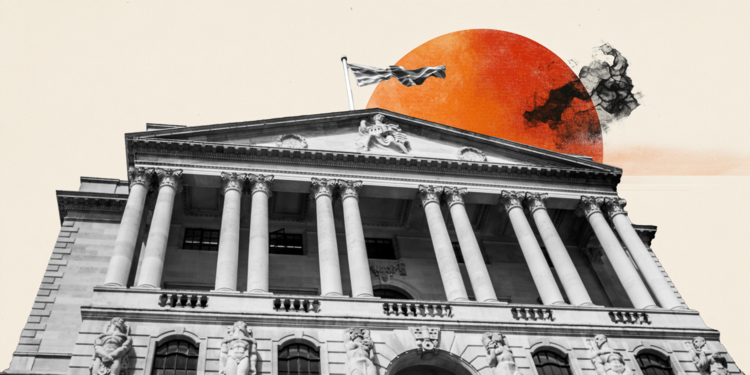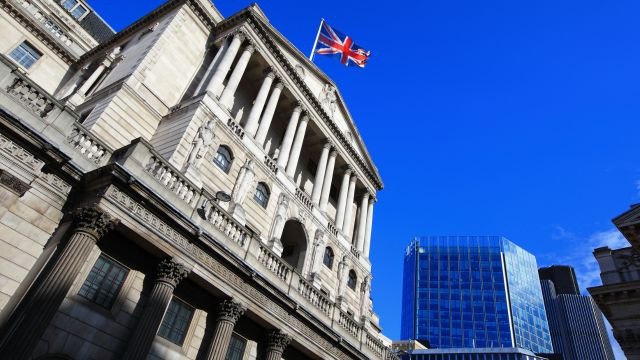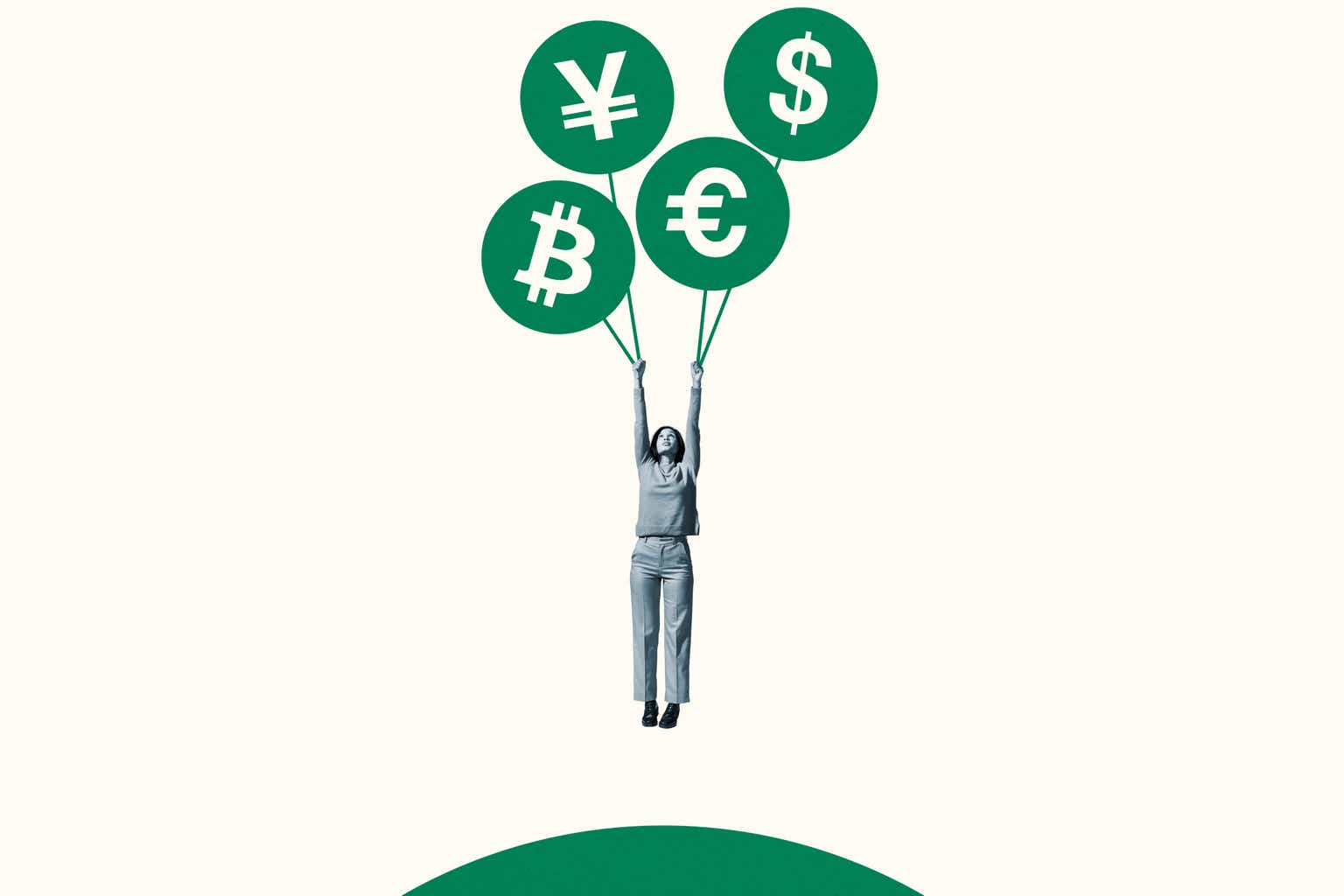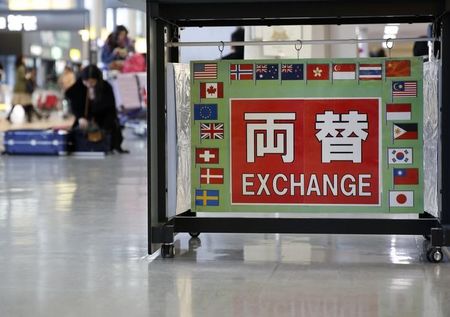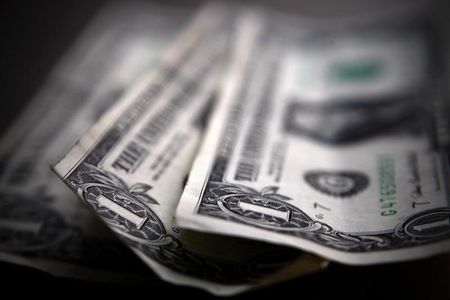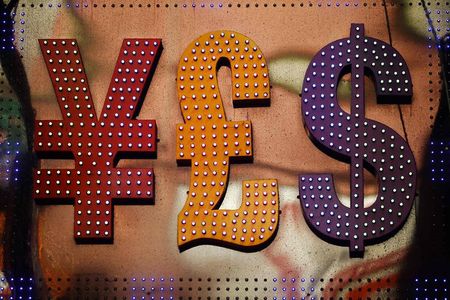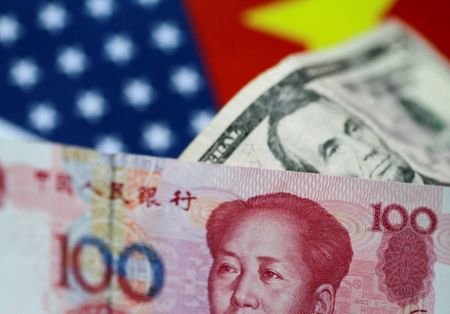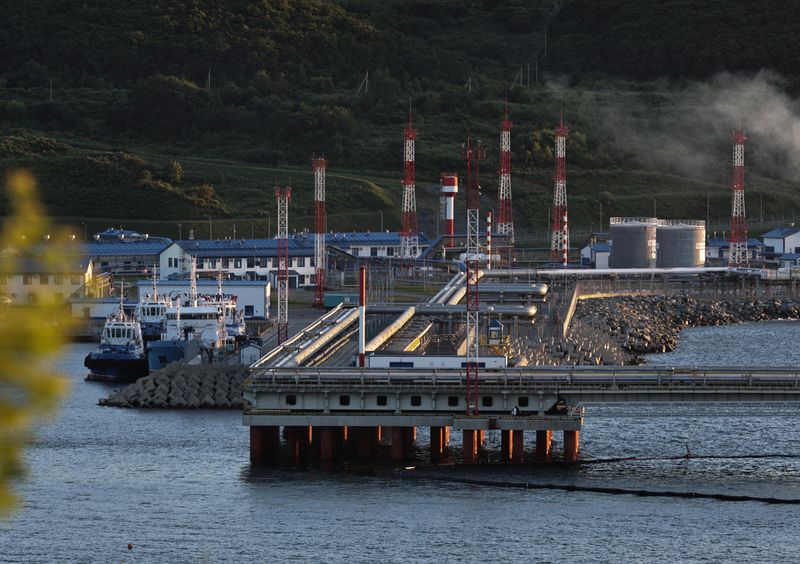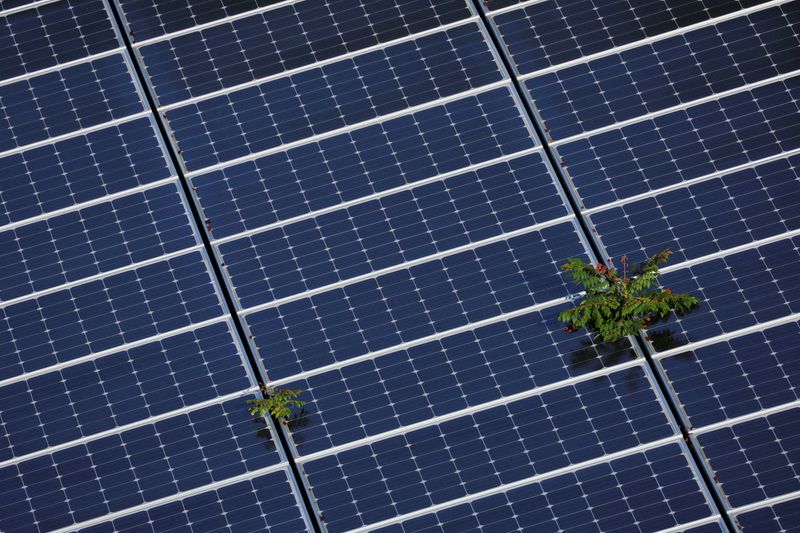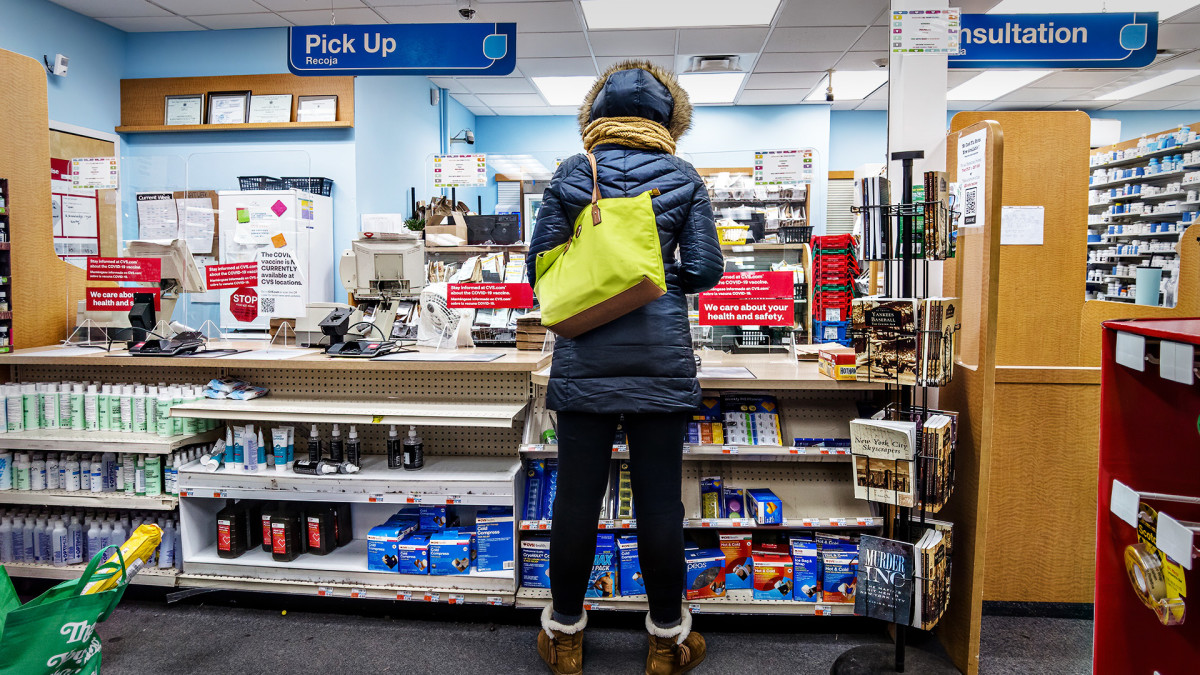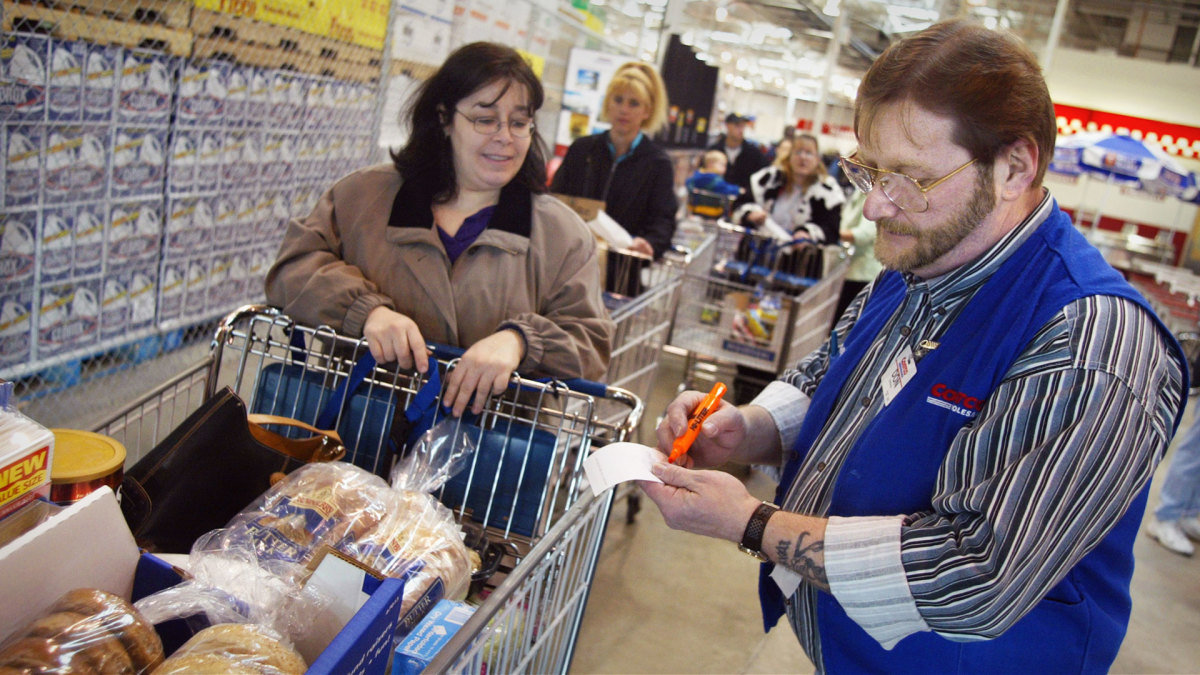Slowing retail sales aren't the red flag you think
What everyone’s missing behind the retail slowdown.
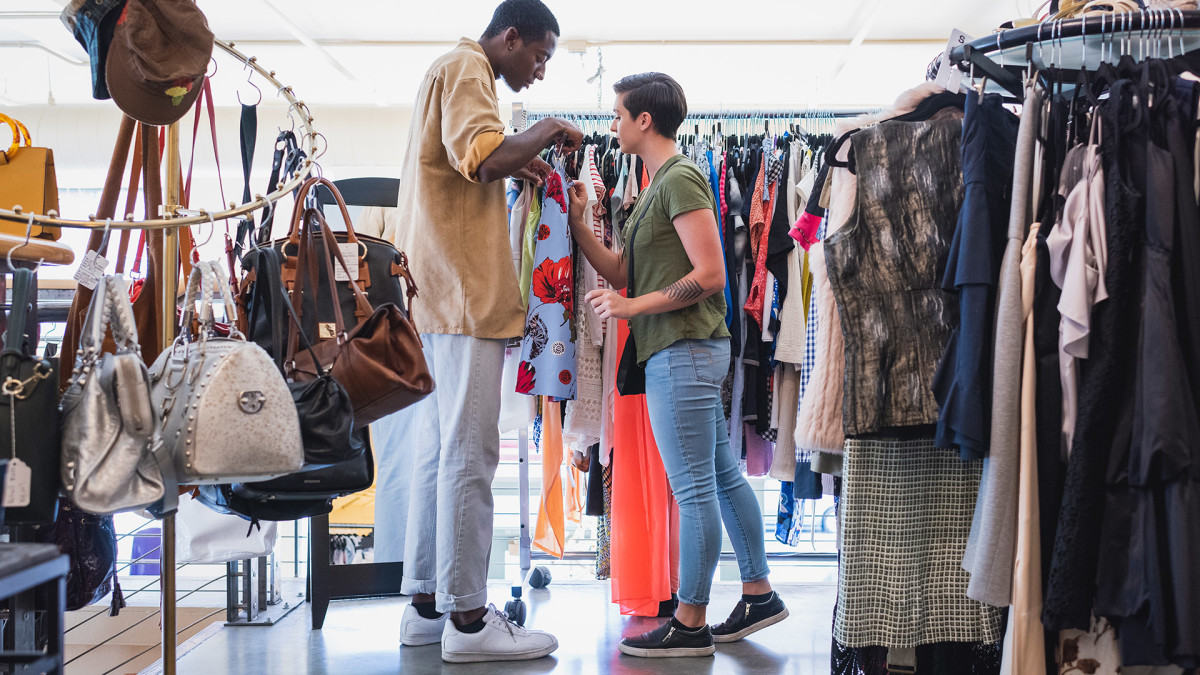
Retail sales showed signs of cooling in April, but the numbers only tell part of the full economic story. Sucharita Kodali, retail industry analyst at Forrester, joined TheStreet to explain why this slowdown isn't necessarily a warning sign.
Related: Consumers continue to spend despite economic worries: Here's why
Full Video Transcript Below:
SUCHARITA KODALI: So retail sales have been at historic highs. And I think that is something that we don't fully always talk about is that retail sales, even inflation adjusted overall retail e-commerce, almost every sector has been growing for the last 25 years and even through the pandemic. So if we see a slight drop off, it is not yet a reason to be alarmed. I think that if there were a consistent set of several months of the same story of any type of softness or negativity, then I think that it would be a reason to be concerned. But numbers were actually quite strong even through March, so I need to see at least another, probably few months of data that shows some consistently negative numbers to really believe that we may be headed toward a retail downturn.
Any numbers that we see are that we see now in retail are absolutely going to be impacted by tariff news. But there is still a lot that is unclear because there are in fact a lot of containers still coming over. There is a lot of merchandise that hasn't been shipped over yet. A lot of what we saw in March and April that was a retail related spike, for instance, in sales was largely due to people front loading. It would either be consumers front loading transactions or retailers trying to bring things in before prices increased even further. So that's generally what we were seeing.
The actual impact of the tariffs themselves, where there may be anywhere from a 10 to depending on where you're importing from 100% plus, kind of tariff on that imported item that is not yet that has not yet been borne by very many importers yet. So that hasn't flowed through consumer pricing. It hasn't flowed through the rest of the supply chain. And if that does happen and there's still a chance that we end up with a 10% tariff and that's it. If we still end up with heavier tariffs, we probably aren't going to see that until the summer at the earliest, because we keep getting moratoriums on those tariffs.


